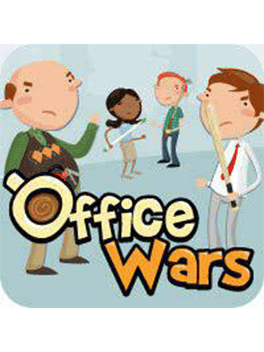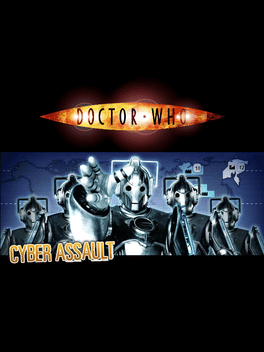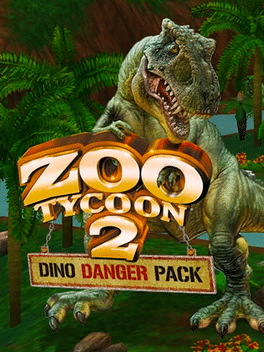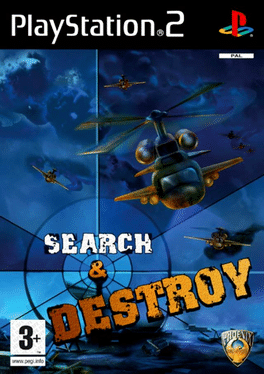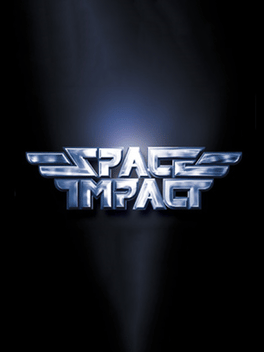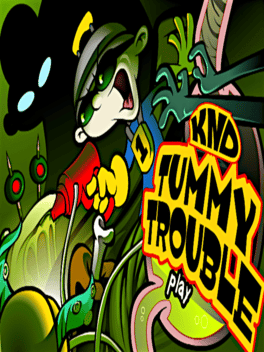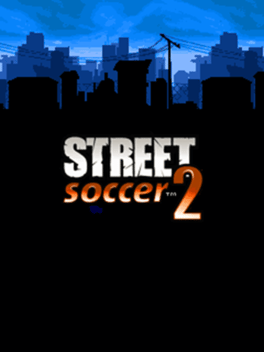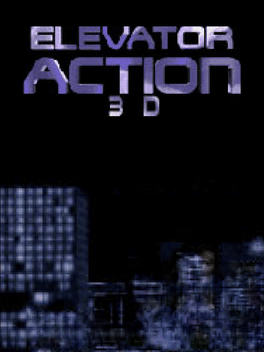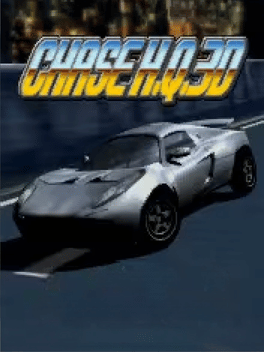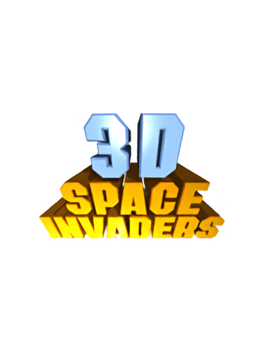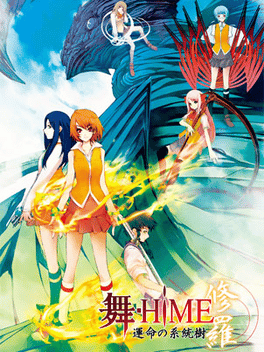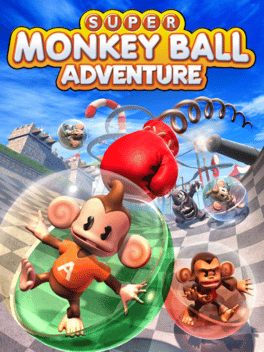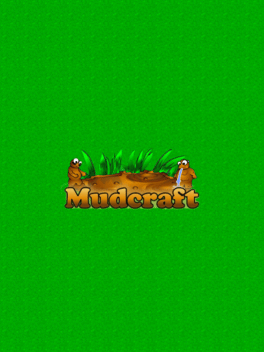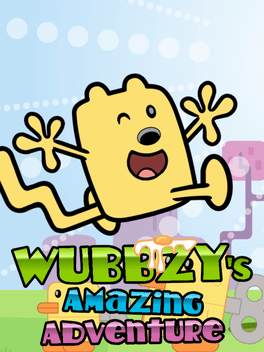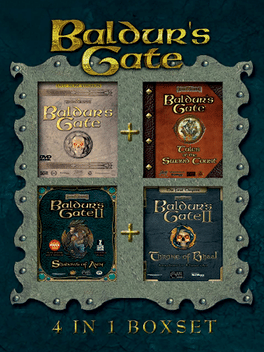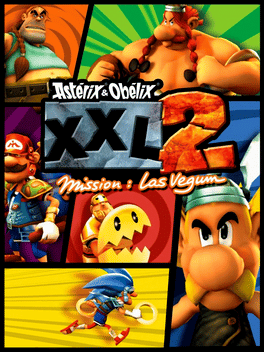New Games - Page 10257
-
Brave Story: New Traveler
2006
star 7.3On a day that starts out like any other, an 11-year-old boy's life is changed forever when his friend Miki suddenly collapses from an unknown illness. Without the means to save her, he grows increasingly distraught when suddenly, a strange voice offers him a second chance: "Beyond the door you can change your destiny!" He soon leaves the real world and journeys to the world of Vision, where, as a novice "Traveler," he will surmount myriad ordeals in hopes of ultimately meeting with the Goddess of Fortune to have a single wish granted. -
Bejeweled 2 Deluxe
2006
Bejeweled 2 Deluxe
2006
star 6.9Bejeweled 2 Deluxe is the enhanced, standalone version of the free online puzzle game of similar name. It builds on the original award-winning game, with the same basic objective of matching "jewels" in a grid by threes, by swapping adjacent jewels of different colors. Sharper graphics and more special effects improve the experience. -
Office Wars
2006
Office Wars
2006
Office Wars was a casual, strategy-laced Facebook/social game launched around July 2010 by Broken Bulb Studios . In this tongue-in-cheek office simulator, players manage a team of quirky employees outfitted with absurd weapons (think giant shrimp, staplers, etc.) to "battle" rival office workers across cubicle corridorsO -
Doctor Who: Cyber Assault
2006
In Pete's World, after the destruction of the Cyber-Controller, a new Cyber-Leader appears and wages war against the Preachers, who are attempting to destroy the Cybus factories across the world, sending in soldiers to disable the emotional inhibitors. -
Hang-On
2006
Hang-On
2006
The LCD version of Hang-On is an handheld game developed by Handheld Ltd.. It was distributed by Epoch in 2006 as part of the EL-SPIRITS Retro series. It is based on the arcade game, Hang-On. Another "port" exists as Electronic Hang-On. -
Zoo Tycoon 2: Dino Danger Pack
2006
Dino Danger Pack was an official premium download pack for the game Zoo Tycoon 2 released on July 2006. It could be found at the Zoo Tycoon official website. -
Search & Destroy
2006
Search & Destroy
2006
Search & Destroy is an Action game, developed and published by Phoenix Games, which was released in Europe in 2006. -
Space Impact
2006
Space Impact
2006
Customize your fighter with weapons and components, and then fight across ten sprawling, action-packed levels in this arcade shooter. Battle more than thirty different enemies, including explosive ballistic cannons and deadly energy leeches. Dodge enemy projectiles to increase your power meter, or unleash devastating combo attacks. Once you've finished the single player campaign, battle your friends head-to-head with a wireless connection, or connect online through the N-Gage Arena and fight it out in World Battle Mode for the ultimate glory. -
Codename Kids Next Door: Tummy Trouble
2006
Cafeteria Reconnaissance has revealed the entrance to Gramma Stuffum`s Sinister Kitchen complex. This facility must be neutralized. Her campaign to fatten up the world`s children has incapacitated our entire task force. You are the only one left, Numbuh 1. Do not fail. -
Street Soccer 2
2006
Street Soccer 2
2006
Doltish soccer players come back. New version of Street Soccer offers more matches, more goals, more pain! It doesn't matter if you play in a clean or dirty way, you must become the street king. Win making more goals or destroying your opponents. Do you like to get red cards? No problems, you can take advantage of your experience. This is a street soccer simulator. Hooligan teams are playing. The soccer match is combined with battles and bloody fights. You are going to experience battles against 9 different teams on 3 different fields. The game offers such extra options as Medical kit, Speed Boost, Amazing Fireball. -
Elevator Action 3D
2006
Elevator Action 3D
2006
Originally developed for the arcades in 1983, Elevator Action, has been ported to several consoles such as the Commodore 64, the Game Boy, the Game Boy Color, the NES, the Saturn, and the ZX Spectrum, where it has since enjoyed a large and loyal following. Fans of the original and fans of the FPS genre will be pleased to find that classic Elevator Action has now been realized in 3D with crisp graphics, special tactical elements and fast-paced, FPS action. -
Chase H.Q. 3D
2006
Chase H.Q. 3D
2006
Originally developed for the arcades in 1988, Chase H.Q. was ported to various consoles such as the Amiga, the Atari ST, the Commodore 64, the Genesis, the Sega Master System, and the TurboGrafx-16. Today, you can enjoy Chase H.Q. on your mobile phone. Go undercover and pursue criminal suspects with the help of your operator, Nancy! -
3D Space Invaders
2006
3D Space Invaders
2006
Reborn using 3D polygon functions, that timeless classic can now be experienced from new camera perspectives with the press of a button. Set the perspective to first person and get ready for an exciting realistic invasion! -
Super Monkey Ball Adventure
2006
Our four heroes from Super Monkey Ball - Aiai, Meemee, Baby and Gongon - were enjoying a typical day, when they saw a flying machine crash down on a nearby island. Soon, they discovered that the mysterious Naysayers have appeared, spreading discord and unhappiness all over the island. And to top it all off, the prince and princess of the neighboring islands have gone missing on Jungle Island - if they aren't found and returned, there's sure to be trouble! Can our heroes restore order to Monearth? -
Mudcraft
2006
Mudcraft
2006
A real-time strategy game, where players direct mud people in an attempt to build a flourishing village. -
Wubbzy's Amazing Adventure
2006
Wubbzy's Amazing Adventure is an Adobe Flash web-game based around the TV series Wow Wow Wubbzy released in 2006 on the official Nick Jr website. -
Baldur's Gate Compilation
2006
Special 4-game DVD-ROM Play the original Baldur's Gate game Includes Tales of The Sword Coast Expansion Explore unseen lands as you take part in an epic conflict that will define your future, and create your legend Venture into a deadly new dungeon Cast powerful new spells Gain amazing high-level abilities Play a new character kit, the Wild Mage Fight and summon awe-inspiring D&D characters Play the full version of Baldur's Gate II - Shadows of Amn, you will face deadly foes armed with your wits, skills and magic -- collect allies and form a party that takes you into the hostile land of Amn for treasure and glory Also features real-time gameplay and the ability to pause at any time -- plus all-new multiplayer games for up to 6 players In Baldur's Gate II - Throne of Bhaal, you'll uncover the mysteries of Watcher's Keep, explore new dungeons, and use the all-new character called the Wild Mage. -
Shinobi.fr
2006
Shinobi.fr
2006
Explore a universe shaped and enriched over the years, full of quests, hidden villages and challenges for all play styles. Combine unique jutsus, fearsome weapons and strategic equipment to surprise your enemies and dominate the battlefield. -
Astérix & Obélix XXL 2: Mission: Las Vegum
2006
star 7Astérix & Obélix XXL 2: Mission: Las Vegum is the sequel of Astérix & Obélix XXL, it was released exclusively in Europe due to the lower popularity of the franchise in the United States and Japan. The game stars the French comic book characters Asterix & Obelix and features spoofs to many classic games, in the same fashion that the comics spoof historical characters and make many cultural references.



